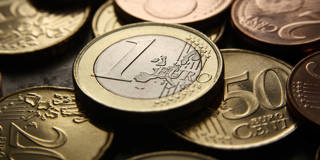OnPoint Subscriber Exclusive
Longer Reads provide in-depth analysis of the ideas and forces shaping politics, economics, international affairs, and more.

The Euro and Its Imperial Ancestors
Medieval European and Chinese history show that while the establishment of well-functioning common currencies requires political skill and vision, their survival depends on institutions that are free from political influence. The good news for the euro is that it ticks both boxes.
OXFORD – Twenty-five years ago, the euro was introduced, in virtual form, as the common currency of the eurozone, which consisted of 11 countries. Banknotes and coins came three years later, in 2002, and 20 countries now use them.